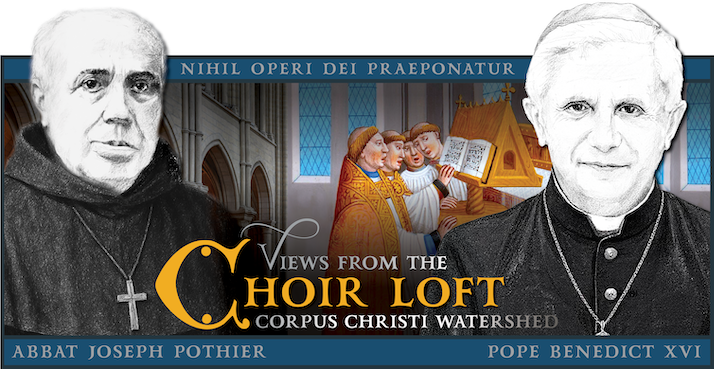 N ORGANIZATION called “Catholic Family News” has released a short video worth your time, comparing a whole bunch of hand-missals for the Extraordinary Form (a.k.a. 1962 Missal). They rank highly the favorite hand-missal of my colleague, Veronica Moreno: the third edition of the Saint Edmund Campion Missal published by SOPHIA INSTITUTE PRESS. That book contains both versions of Holy Week. In other words, it has the ‘traditional’ Holy Week from 1950 as well as the Pius XII Holy Week. The newer version got its name because the reformation (or ‘demolition’ depending upon one’s point of view) took place under Pope Pius XII. The Holy Week reforms began in 1951 and later became mandatory. The first year all the reforms were mandatory was 1956. The Campion Missal is indispensable because it compares and contrasts both.
N ORGANIZATION called “Catholic Family News” has released a short video worth your time, comparing a whole bunch of hand-missals for the Extraordinary Form (a.k.a. 1962 Missal). They rank highly the favorite hand-missal of my colleague, Veronica Moreno: the third edition of the Saint Edmund Campion Missal published by SOPHIA INSTITUTE PRESS. That book contains both versions of Holy Week. In other words, it has the ‘traditional’ Holy Week from 1950 as well as the Pius XII Holy Week. The newer version got its name because the reformation (or ‘demolition’ depending upon one’s point of view) took place under Pope Pius XII. The Holy Week reforms began in 1951 and later became mandatory. The first year all the reforms were mandatory was 1956. The Campion Missal is indispensable because it compares and contrasts both.
This excerpt treats the Saint Edmund Campion Missal:
![]()
Two Quibbles • The gentleman who makes the film does a nice job. I did notice two small errors. First of all, in addition to the translation by Monsignor Knox, the Saint Edmund Campion Missal also contains the familiar translation by Father Lasance. That ORDO MISSAE is found in a section without commentary. In other words, it’s intended for use by Catholics already at home with the MISSALE VETUSTUM. The video also says the Fulton J. Sheen Sunday Missal (1962) contains a translation of the “Lauda Syon” sequence by Monsignor Knox. As a matter of fact, the translation is not by Knox—it was created by Fr. James Aylward (1813-1872).
![]()

![]()
